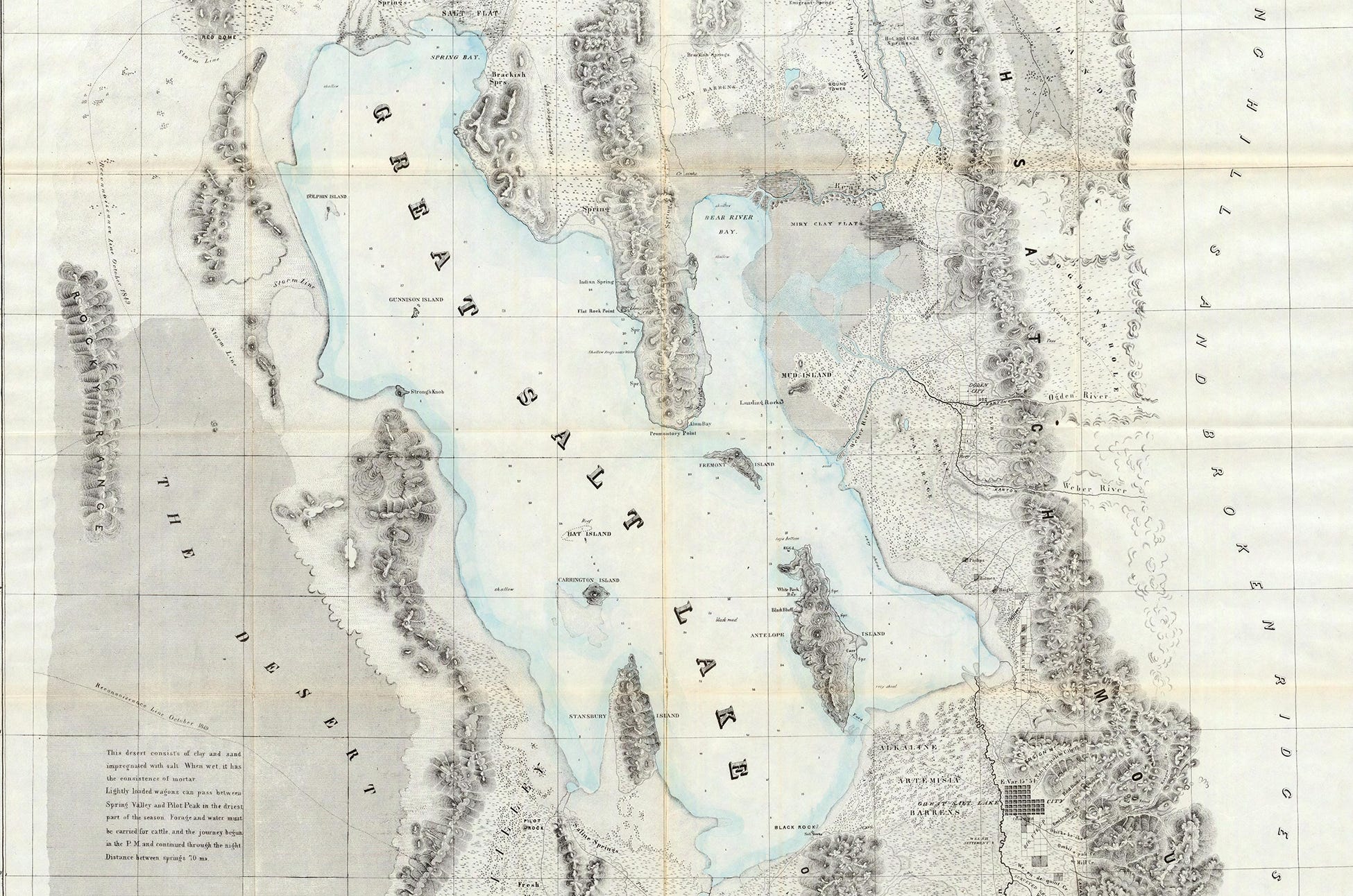Hay is sucking the Great Salt Lake dry
New study finds cattle-feed irrigation is primary culprits in water body's shrinkage
🥵 Aridification Watch 🐫
As we traveled, the valley spread into an uncanny immensity unlike the other landscapes we had seen. The roads on the map became a net of dashes, while in the far distance the Salt Lake existed as an interrupted silver band. Hills took on the app…
Keep reading with a 7-day free trial
Subscribe to The Land Desk to keep reading this post and get 7 days of free access to the full post archives.




